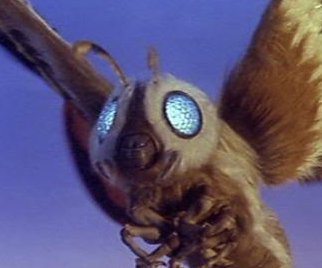Seen this in many houses, people upgrade their lighting setup and install a dimmer. Which works. But usually it also makes the lights flicker unintentionally, which is super annoying IMO.
Now, my understanding of electrical engineering is pretty rudimentary so I’d appreciate more something that explains the concept in a way that Cavewoman Mothra can understand rather than something technically accurate.
Thanks


I need an answer to this too (well maybe more of a solution, actually)… All the main areas of our home have dimmer switches. Some lights are LEDs, some are just your basic bulbs (like the ones in our ceiling fans). We like being able to dim the lights, especially in the bedrooms when the kids are getting ready to sleep (we also put down all electronics with screens), but ever so often these lights when dimmed will have a slight pulse like effect where it either goes a little darker or a little brighter (no rhyme or reason) and in my office you can slightly hear a little buzz sound when the light goes a little darker/brighter while the light is set to a certain level of dimness (for lack of better/technical terminologies).
Originally I thought it was just bad bulbs, so I did my office first as a test, but immediately after replacing the bulbs with brand new ones, it was not staying static to the dimness level I wanted, it would appear to randomly do the pulsating light effect.
Edit: Just read some of the comments…
So if anything LED lights will have the capability to dim, where as normal bulbs (I forget what they’re called - the bulb type) are not meant to. In order to have dimmable lights, I must buy both dimmable switches that are LED compatible and LED lights that are capable of dimming.